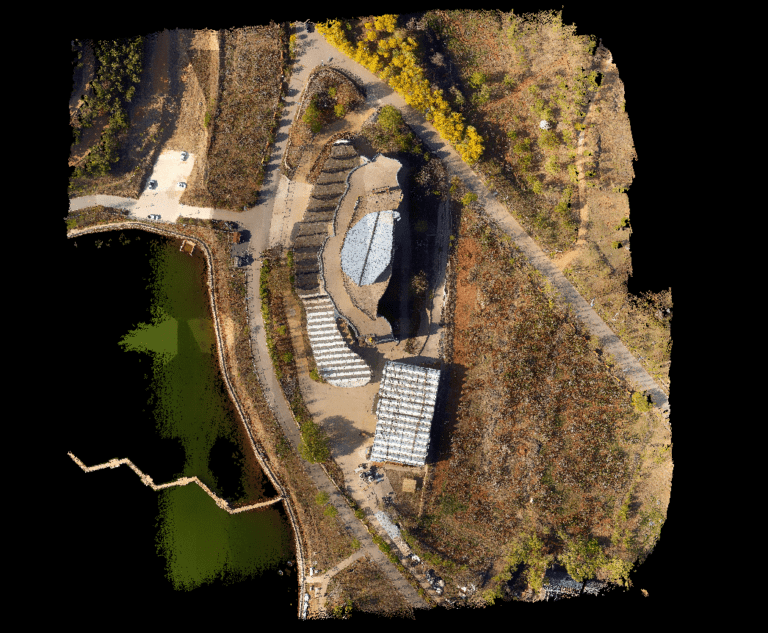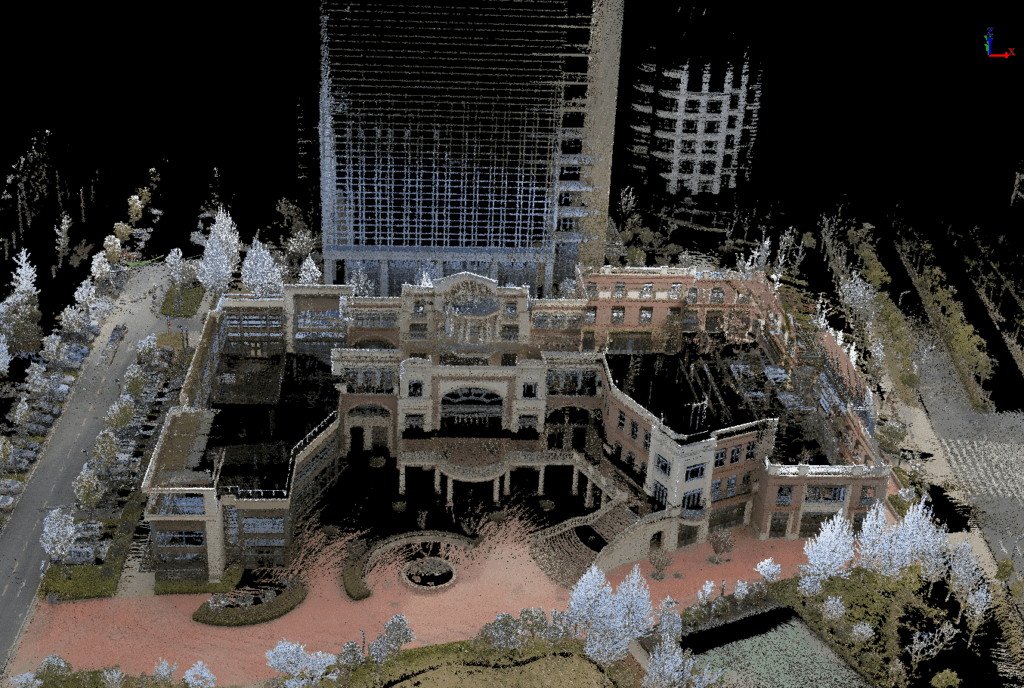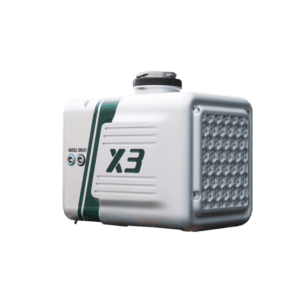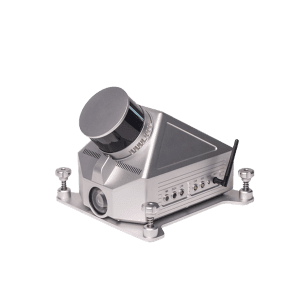LiDAR For Construction Solutions & Services | Efficient & Accurate | End to End Solution
LiDAR Scanning for Construction
A LiDAR (light detection & ranging) scanner is a great tool to see the entire construction site. This technology can identify problems that need repair or renovation and help you reduce costs.
The LiDAR scanner can also be used to create a 3D model. This model can be used for planning and building around historical structures. It can also help you to understand the terrain and identify any potential problems in construction.You can use LiDAR scanners for detailed survey data, in addition to the BIM process. This data can be used to make critical calculations such as calculating material requirements. This will make it easier for your team to complete projects efficiently.
A LiDAR scanner can be used to reduce material scrap and overages. It is also useful in helping construction teams comply with construction regulations. LiDAR scanners can be used to help you design the right building for your needs.
Before you start any type of laser scanning project, it is essential to have a site map. You can use the scanner’s range and accuracy to gather the information you require. This data can be used for accurate plans. Point cloud data, which is the data from the scanner, can also be used to create a 3-D model of the construction site.
Applications of LiDAR in Construction
Basic Information Collection
As an enhancement and supplement to traditional surveying and mapping methods, lidar can improve the efficiency and quality of engineering surveying and mapping operations by virtue of its ability to obtain high-precision 3D point clouds.

Acquisition of data results
Through the processing of high-precision 3D point clouds by supporting software, the construction party can quickly obtain data results such as 2D line drawings of buildings, providing a reliable basis for making construction plans.

3D modeling
Based on 3D point cloud data, lidar can accurately and quickly complete 3D modeling work that meets the specific requirements of the project. Help the construction unit analyze and master various factors in the construction process, such as terrain visibility, earthwork statistics, etc.
Expanded Application
With the support of 3D modeling, lidar measurement technology can realize extended applications such as 3D simulation and virtual reality construction for a single building or an area, and simulate and demonstrate project planning, so as to formulate a more reasonable construction plan.
The continuous expansion of the application scale of LiDAR in the construction industry stems from its ability to obtain high-precision 3D point clouds, and further, because the powerful performance of LiDAR itself can better meet the needs of the industry.

Benefits of Using LiDAR for Construction
LiDAR is more efficient
Lidar surveying can be a game-changer. It allows for rapid and comprehensive mapping of terrain and building projects, often in hours instead of days. Traditional topographical surveying of land is tedious because it requires on-foot labor and line-of sight measurement instruments.
Lidar is able to quickly scan large areas and map them from high above.
One building inspector can get amazing results with a terrestrial orbiter system. In a matter of minutes, the array of laser pulses can cover entire areas and provide accurate data that is 100% complete. This compares to measuring manually with mechanical instruments.
Construction Teams Can Be Easier Collabrated by Using LiDAR
Collaboration between engineers, project managers, architects and other professionals can be difficult. Point cloud processing software allows you to store lidar data and makes it easy to share that information with others.
Contractors can be hired faster and earlier because of the improved collaboration. Teams can collaborate throughout the planning process, which leads to increased productivity. This makes it easier to share data, which reduces the risk of miscommunication.
Construction Cost & Progress Can Be Easily Tracked by Using LiDAR Technolgoy
Point cloud data software, which uses lidar to accurately survey buildings sites, can help predict the cost of a project’s completion before it is actually started. Managers can plan more accurately the budget by predicting the costs of the project.
To track the progress of construction projects in 3D, teams might use lidar. They may also use point cloud data and digital surface models (DSMs), to determine the tools, materials and equipment that will be needed when the project is complete. This information reduces the risk of unexpected expenditures in later phases.
LiDAR Scanning Equipment for Construction
Aerial LiDAR has better accessibility for construction sites
Before laying the foundations for a construction project they must first determine if the land is suitable to build on. Now, land surveyors can capture 3D images of every slope, contour, and gradient on a construction site to make necessary calculations.
This can be achieved using lidar, which uses topographical sensors mounted to helicopters or construction drons. High altitude makes scanning much faster than traditional methods.
-
Entry Level drone LiDAR
LiAir X3 + LiGeo Software and Camera – Global Shipping – Free Software Included
Read MoreRated 0 out of 5
Terrestrial and Portable LiDAR systems for both indoor and outdoor scanning
Combining GNSS, lidar and SLAM algorithms enable the terrestrial LiDAR system to achieve integrated indoor and outdoor measurement, whether with or without GNSS signals, centimeter-level data accuracy can be achieved. They have the following advantages:
- High efficiency: the collected target point cloud data is displayed synchronously in real time on mobile terminals such as mobile phones/tablets, and supports online closed-loop and closed-loop optimization. After scanning, real-time point cloud data and motion trajectory can be exported.
- Multi-platform: the design is light and convenient, and it can be equipped with different mobile platforms. It can easily collect data whether it is handheld, walking, cycling, or vehicle-mounted.
- Highly automated: high degree of automation, ready to use, easy to handle and operate.
- Easy to process: After the GNSS signal is obtained during the acquisition process, the LiFuser-BP processing software can quickly generate high-precision color point cloud data and panoramic images with geographic information.
-
Mobile LiDAR Scanner
LiMobile – Vehicle Mounted LiDAR Scanner With Planar & Panoramic Camera Integrated
Read MoreRated 0 out of 5


